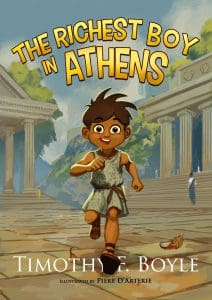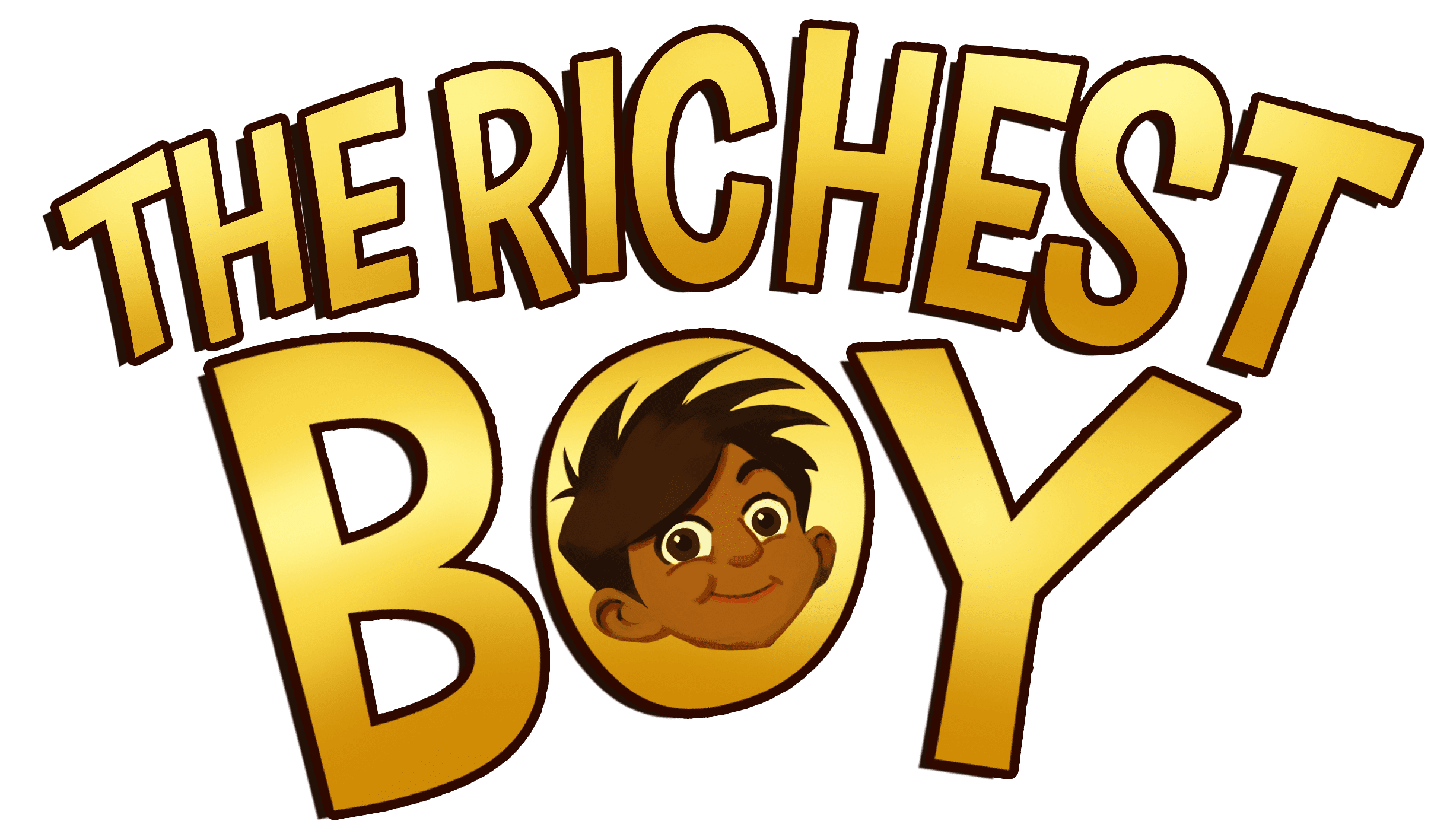 As you have probably noticed, I am a HUGE fan of something called Infinite Banking—so much so that I got back into the insurance industry so I could directly help people design policies correctly and help them change their financial lives—where you use a properly designed whole life insurance policy with a top rated Mutual company to store your capital, capture more of your dollars’ compound interest growth, and then redeploy to purchase other assets, all while ensuring that your retirement is more secure, and that you leave a large legacy and help your family after you’re gone (you can learn more about the details HERE an HERE). You may understand why I like life insurance for adults, but why, you might ask, would I consider it for children too?
As you have probably noticed, I am a HUGE fan of something called Infinite Banking—so much so that I got back into the insurance industry so I could directly help people design policies correctly and help them change their financial lives—where you use a properly designed whole life insurance policy with a top rated Mutual company to store your capital, capture more of your dollars’ compound interest growth, and then redeploy to purchase other assets, all while ensuring that your retirement is more secure, and that you leave a large legacy and help your family after you’re gone (you can learn more about the details HERE an HERE). You may understand why I like life insurance for adults, but why, you might ask, would I consider it for children too?
Well, not only do I think it’s something worth having for a child, I would argue it is THE most important financial decision, and greatest tool you can make/give a child.
Here are 7 reasons, why I think this:
- Protecting their insurability – The main purpose of life insurance, is, after all, the death benefit that you leave your family or dependents after you are gone. But if you have health issues you may not be allowed to purchase coverage, or perhaps you can but only at a much higher cost. This can put a larger burden on the individual to reduce consumption and save more in case something were to happen over the course of their lives. In addition, it creates added stress and anxiety for you and your dependents, knowing that if you’re gone they need to find a way to provide for themselves. By purchasing a whole life policy for a child—ideally right when they are born—you lock in their insurability and health from a young age. If they develop a serious health issue, or there is some event that makes them uninsurable, the policy is locked in place and cannot be taken from them (as long as you continue to pay the ‘base’ premium). So at least they will have a policy with a growing death benefit even when they are 50 years old and say, have three children and a spouse. This reason alone makes it worth purchasing for children and grandchildren.
- Cash Value – Within any whole life policy there is a cash value (CV) element. This cash value is made up of two components. The guaranteed portion and the non-guaranteed. The guaranteed portion of the CV MUST contractually equal the death benefit either by year 100 or 121. On top of this, since we are using a Mutual company, and thus you become a part owner of the company when you purchase a policy, you receive dividends based on the company’s overall performance. These dividends—assuming the policy is designed correctly—are then used to purchase ‘Paid up Additions’ which are essentially mini ‘paid up’ whole life policies that increase your death benefit and speed up the cash value growth. And due to this contractual nature, as well as how the government views these dividends, the cash value grows tax free (and can be accessed tax free if done correctly).

- Uninterrupted Compound Growth – Small premiums create large death benefits and cash value over the medium and long term. Uninterrupted compounding, as Einstein supposedly said, is the eighth wonder of the world. Unfortunately, you can only benefit from it once during your life, and the way to benefit from it the most is to put this law of numbers to work immediately when you—or your children/grandchildren—are born. Just as Kap, in the Richest Boy books, learns about compounding and begins to take advantage of its power, we need to do so for our loved ones and ourselves as soon as we can. By purchasing a properly (this properly adjective can’t be stressed enough) designed whole life insurance policy, with a top rated mutual company, for your child when they are born, you will let them fully take advantage of this. In turn, their death benefit and cash value, over the medium and long term, can be a very sizable sum. For example when I run an illustration on a generic newborn male today, with premiums of $5,000 per year, by year 40 the death benefit is $1,746,169 and the cash value is $541,889. By year 75 the death benefit is $4,534,559 and the CV is $3,416,865. So the sum of just $5,000 per year, due to compounding, turned into quite a significant amount of death benefit and CV. Take advantage of compounding as soon as you can, and in an asset that can’t go down in value, has a death benefit, is tax free, and has many other benefits.
- A tax free place for income and gifts – For a child there is really no reason to be putting any income or gifts they may receive into most qualified accounts, but there are two places where it CAN make sense to put their capital. The first is a Roth IRA, since it is post-tax, and children are generally not going to have an income high enough to qualify to pay taxes, so while Roth contributions are usually POST-tax, their would be tax free contributions that then grow and be accessible tax free. Now, that being said,I personally prefer using life insurance as a store of capital for children, but if you are someone who prefers to speculate with your child’s capital, then a Roth can make sense. Alternatively, only a whole life insurance policy gives you the same tax free growth and distribution (if liquidated correctly), that a Roth does. This makes it an ideal place to store capital. But unlike a Roth, said capital remains completely liquid during their life (you don’t need to wait until age 59.5 to access it), and gives the child other benefits (as mentioned above and below). There are also some great tax strategies here that I recommend looking into, especially if you own a business, are self employed, or have a side business that your children could participate in. In this case you can employ them, teach them some basic skills and habits, while paying them a tax free income that is also deductible to you or your business. Then you can take some of that income and pay their whole life premiums with it. I am not a tax or legal advisor, so I recommend discussing with someone who is. You can also check out Tom Wheelwright’s book that discusses the concept in more depth HERE.
- Pay for your Children’s expenses – When you do the above, you can then use the cash value in their policy to fund all their expenses. From clothing, to dance class, guitar lessons, travel for sports etc. Now all of a sudden you are writing off their income, their income is tax free (up to a point), and you are using this tax free savings to pay for expenses that otherwise would have come out of your taxable income.
- A tool to teach them about money, savings, spending, and investment – By doing the above, and having them participate in this process through things like having them make the payments, see their balance, etc., you are able to start teaching your children about these concepts in a much more real and practical way. You can set up a checking account for them where policy loans are deposited into and let them manage their account—with your oversight—pay for their expenses via cash, debit card, or even credit card (if you want to help them begin to build their credit from an early age). They can make loan repayments to their policy as they earn their income, or receive gifts on their birthday, Christmas, or other Holidays. They’ll begin to learn the value of money, savings, and how their money can grow. Perhaps you even help them participate in their first investment, say a private loan, and now they can see how their loan created a new stream of income for them. The options are endless.
- Fully Liquid – You can use a policy to help pay for college, start a business, buy a house etc. As your child ages, their policy will slowly become more efficient and start growing much quicker than the premiums paid in. Eventually when they are ready to move on to college, start an apprenticeship, start a business, or simply move out of the house, this pool of capital can give them flexibility they otherwise may not have had. For example, say your child is 18 and wants to go to college. You could use the cash value in their policy to help fund tuition and room and board. Or, since your CV doesn’t need to be reported on FAFSA, you may decide not to use the CV for the loans and instead qualify for a larger government loan, which doesn’t require payments until after your child graduates (whereas a policy loan would immediately start accruing interest—though you can delay payment for as long as you want). So you may decide to get the government loan and then after graduation use your CV to pay off the debt, and then give your child more lenient repayment terms to yourself, or maybe you delay start of their loan repayment until they find a job, etc. If you plan on giving the ownership of the policy to your child eventually, then in a sense, your child’s loan repayments would simply be going to their future self, as opposed to the government or some large financial institution. Or say your child doesn’t want to go to college and would rather start a business, go into a trade, or simply move out and get a job. In any of these cases, they would now have a large pool of savings to either help them get their business started, allow them to focus on trade school while using their CV to fund their expenses, or simply give them a pool of savings for their emergency fund, and let them start investing while they work a job that may only let them pay their immediate expenses. No matter how you look at it this pool of cash value gives your child a lot of flexibility and security. And that doesn’t even include the flexibility it will give them in retirement or later in life.
For these reasons and many more, there is no better option than to get your children or grandchildren a policy as soon as possible.
If you would like to learn more, take a look at our resource page HERE. You can also schedule a call with me to learn more or start a policy on you or your children HERE.
Note: There are limits to the size of policies you can take out on a child. Some companies have a set max on a child, and others allow a percentage of total insurance on the highest insured parent etc. In all cases the parents need to be insured before you can insure a child, but this strategy works just as well for parents.

